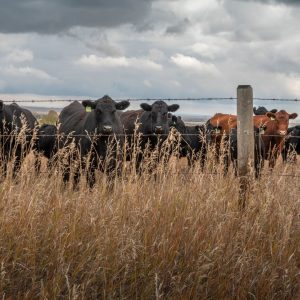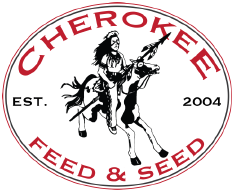 The Importance of Fall Pasture Management: As fall approaches, it’s important to start thinking about how you can properly manage your pasture for the upcoming colder months. Fall pasture management is crucial in providing enough food for your livestock and also ensuring the longevity and health of your pasture. Check out Cherokee’s fertilizers for pastures here.To keep your livestock happy and healthy, understanding the proper techniques for fall grazing is essential. So what can you do to better manage your pasture?
The Importance of Fall Pasture Management: As fall approaches, it’s important to start thinking about how you can properly manage your pasture for the upcoming colder months. Fall pasture management is crucial in providing enough food for your livestock and also ensuring the longevity and health of your pasture. Check out Cherokee’s fertilizers for pastures here.To keep your livestock happy and healthy, understanding the proper techniques for fall grazing is essential. So what can you do to better manage your pasture?
Fertilize Your Pasture
The first step in fall pasture management is to fertilize your pasture. After your livestock has grazed on the grass all summer, it’s essential to provide it with nutrients to ensure new, healthy growth. Fertilizing the pasture will provide the necessary nutrients for grass growth, improving your pasture’s overall health. It also helps with erosion caused by rain and wind that usually occurs in the fall season.
Implement a Grazing Rotation
Another vital aspect of fall pasture management is implementing a grazing rotation system. This technique involves dividing your pasture into smaller portions and rotating the livestock from one area to the other. The pasture gets time to recover and the animals have access to fresher and greener grass. This technique can also help protect the soil from nutrient depletion, soil compaction and reduce parasite prevalence in certain areas of the pasture.
Regular Mowing
Mowing the pasture regularly is beneficial for pastures. It decreases the grass height to a level appropriate for proper nutrient intake and can control the possible invasion of pests. Long grasses will also stop the development of young plants. If the grass grows too tall, it will eventually shade out and displace the grass located underneath. Regular mowing will help the pasture to regrow and be prepared for the spring.
Minimize Overcrowding
Fall is the perfect time for letting livestock graze but this must be in moderation. Too many animals grazing in a single area can lead to overgrazing and soil compaction, negatively affecting the health of the pasture. To avoid overcrowding, ensure the correct stocking rate by conducting an assessment of the available forage in the pasture. An ideal stocking rate ensures that the pasture can handle the amount of livestock it contains without causing damage or degradation to the pasture ecosystem.
Water Access
Lastly, water access is an essential factor to consider when managing your fall pasture. During the fall season, the grass goes dormant, and the cooler temperatures make the soil’s water retention capacity reduce. It’s important to make sure your livestock has access to a watersource that’s easily accessible to all animals and free of debris. A lack of water will limit the amount of dry matter intake and compromise the health and welfare of your livestock.
Fall pasture management is a crucial element in maintaining the health, productivity, and longevity of your pasture and livestock. By utilizing our tips, you can create a pasture management system that benefits both your pasture and livestock. Start planning on how to manage your pastures with our tips or reach out for specific and tailored recommendations for your individual needs.
